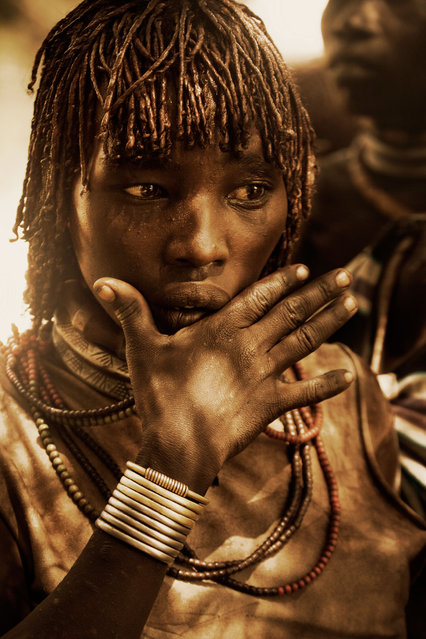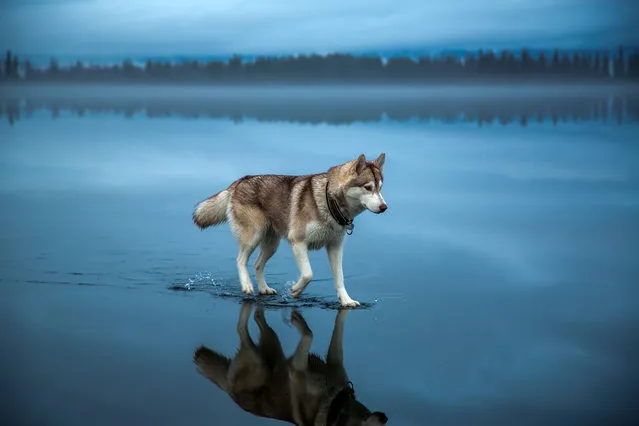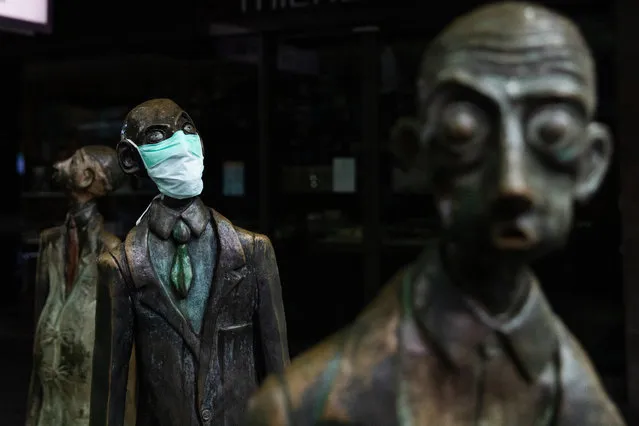
A female army recruit attends a base training at the armored battalion in Setermoen, northern Norway on August 11, 2016. Norway has become the first NATO member to have compulsory conscription for women as well as men in the army. Recently, the first batch of army recruits joined the ranks in The Armored Battalion in the Norwegian Army located in Setermoen in northern Norway. (Photo by Kyrre Lien/AFP Photo)
26 Aug 2016 10:48:00,post received
0 comments







